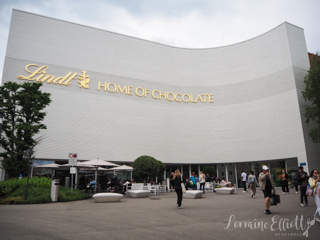
Theobroma, the scientific name for cacao beans that form the essential part of chocolate is no coincidence. Theobroma means "food of the gods" in Greek and today we are visiting the Lindt museum of chocolate. Come along as we do a tour, have tastings and take a chocolate class to make one of the most popular chocolate bars in the world today!
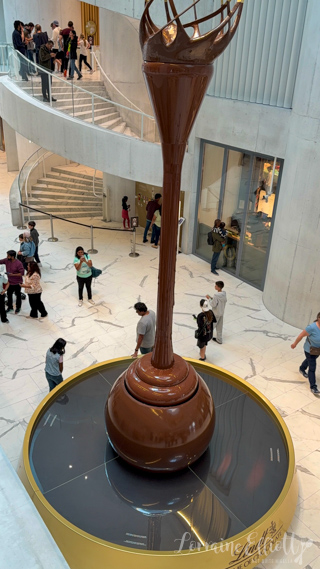
"Is it real chocolate?" That's the number one question when people first step into the home of Lindt Home of Chocolate in Kilchberg, Zurich. The first thing they see is the 9.3m/30foot tall chocolate pouring fountain that is designed to resemble the act of filling a chocolate Lindt ball.
The answer is yes it is real chocolate. In fact it is 49% dark chocolate with cocoa liquor, cocoa mass and a little butter but no sugar or milk powder set to a temperature of 40C/104F. This mixture is used in the display for one year. And if anyone asks, the 100m/328 feet of pipe and buffer tank requires around 1 tonne of chocolate. After a year it starts to smell so it is then placed into an energy bank.
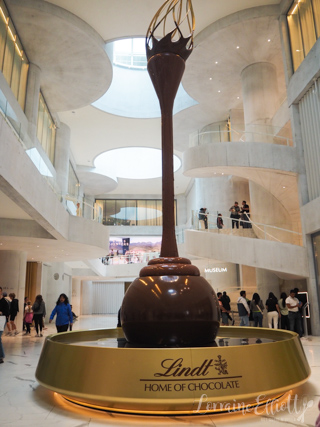
The Lindt Home of Chocolate museum opened five years ago in September 2020 by Chocoladefabriken Lindt & Sprüngli AG. This Swiss-based holding company who owns Lindt also owns other chocolate brands like Ghirardelli, Russell Stover and Caffarel. Their predictions for 350,000 annual visitors were quickly exceeded and last year they welcomed over 800,000 visitors to the museum. The interior is designed to look like a chocolate factory with conching machines and conveyor belt stairs. And entry is a very reasonable 17CHF per person and it is no wonder that you need to books months ahead of time to get in.
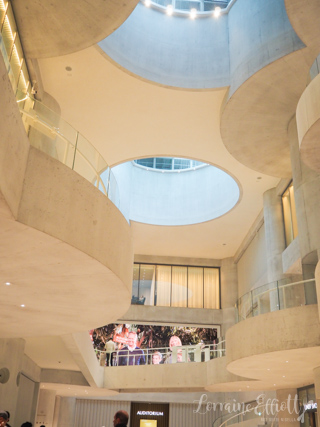
You start by walking through a thorough history of chocolate from when the ancient Mayans were the first to produce a cocoa drink and how cacao beans are harvested. Guests can either book a self guided tour or one with a guide, the latter includes additional tastings which we are doing. Our first taste is from the pressed out pulp juice surrounding the cacao beans. This is an intensely sweet and fruity juice and it is a product that is rapidly becoming more popular. Hotel Dolder Grand in Zurich serves this pulp juice in cocktails. Selling this pulp also helps the farmers, "This is adding a better income to the farm," explains our guide Walter.
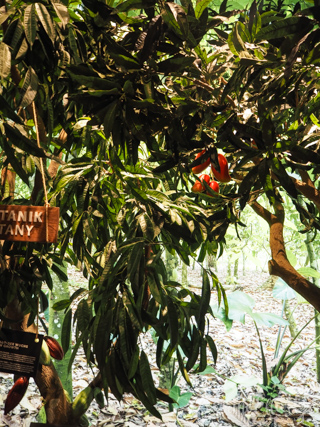
Cacao beans are grown in the cacao belt which lies 15-20 degrees north and south of the equator. Lindt procures 70% of its cacao beans from Ghana and 30% from Ecuador. You may have noticed that the price of chocolate has risen sharply lately. The other day it was around $11,000USD a tonne but a bit more than a year ago it was around $3000USD a tonne. Walter explains, "The problem is they sell the proposed harvesting quantity in advance and if you have incidents like monocultures and lose some harvesting because you have not enough beans to fulfil what was proposed. Also the conditions might be too much rain to little rain."
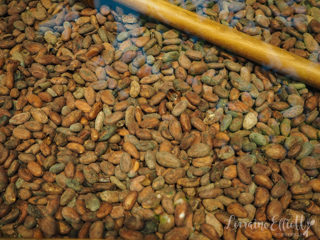
We also learn about chocolate pioneers like the 19th century Conrad van Houten who developed a press to press the beans and separate the butter from the mass. In Switzerland, only cocoa butter is the fat allowed to be used in chocolate. Phillippe Suchard was a clever marketer who made Milka a household name through marketing and its distinctive packaging. And Cailler was the first Swiss person to develop chocolate into bars. Now it is the oldest brand in Switzerland still producing chocolate.
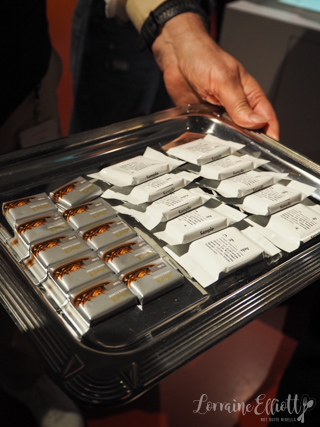
And then there's Rodolphe Lindt who invented one of the most important processes with creating chocolate: conching. This is the process that smooths the chocolate into a fine texture product. Frustrated with not being able to create a perfect chocolate he accidentally forgot to turn off the machine and it continued conching through the weekend. During this time water started to evaporate and the acids were removed through fermentation creating a smooth, delicious chocolate.
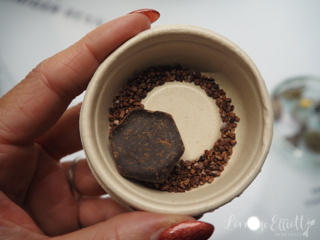
As for the famous Lindor ball, this was launched in 1969 ball and marketed as a Christmas tree decoration bauble. The red or milk original Lindor ball remains the most popular and 6 billion pieces a year are sold and seven thousand Lindor balls are made in one minute.
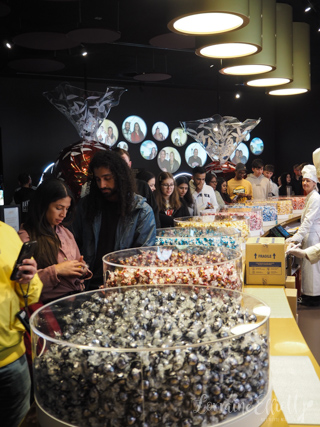
Our tour ends with every kid and adult's fantasy: unlimited chocolate fountains. There is a dark, milk and white chocolate fountain that you can help yourself to. There are also chocolate tubes where you place your hand underneath and a piece of chocolate comes out. And as a grand finale there's a display of 8 Lindor balls - guests are welcome to help themselves to one of each type of Lindor ball.
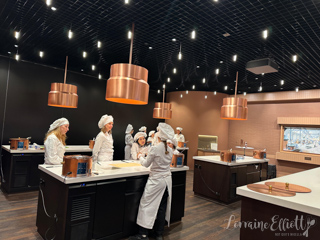
But our chocolate experience doesn't end there. After the tour we head to the calm quiet of the Lindt chocolate kitchens and don a chef's jacket, apron and toque because today they are showing us how they make their Dubai chocolate style chocolate bars. These are slightly different from the ones sold in the store as these are almost double the thickness and therefore have more pistachio kataifi in them.
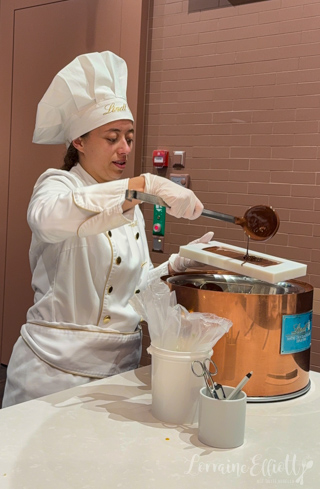
We start with adding some cocoa butter decoration to the poly carbonate moulds. Once set we add the tempered chocolate to the mould and then tip it upside down tapping it on the side to get rid of excess chocolate. Then we fill it with a premade mixture of filling. At Lindt they use kataifi, pistachios and white chocolate and salt to make up the filling.
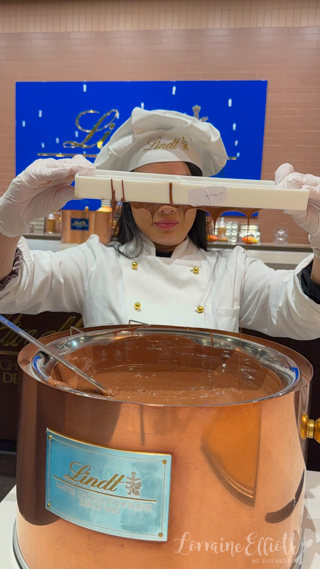
Then we add one final layer to the top and smooth it over and then pop it in the freezer to set quickly. Then we pop it out and the Lindt version of Dubai chocolate is ready. We pack this up along with the Dubai chocolate bar so we can compare the two. The cost for this 1 hour class is 60CHF.
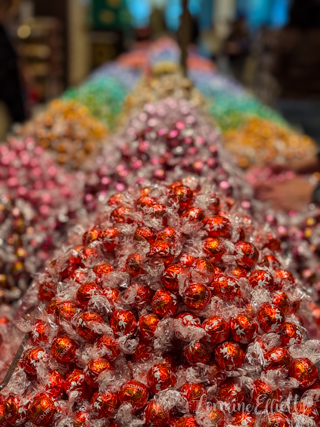
Our last stop is at the Lindt shop where a woman greets everyone with a complimentary Lindor ball sample. A dizzying array of chocolates can be bought, some new products plus all of the hard to find products like Lindor pistachio balls, squares and small bars can be found. I only tried one of the pistachio Lindor balls when I got home and I wish I had bought a whole box of them!
So tell me Dear Reader, have you ever been to a chocolate museum or factory? Which would you be most excited about: the chocolate fountain, unlimited tastings or the chocolate making class?
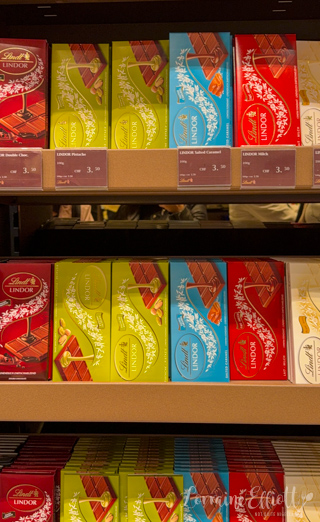
Lindt Home of Chocolate
Schokoladenplatz 1, 8802 Kilchberg, Switzerland
Phone: +41 44 716 20 00
Open 7 days 10am-7pm
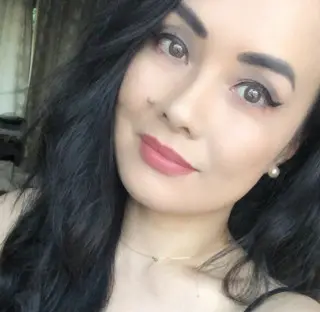

Reader Comments
Loading comments...Add Comment